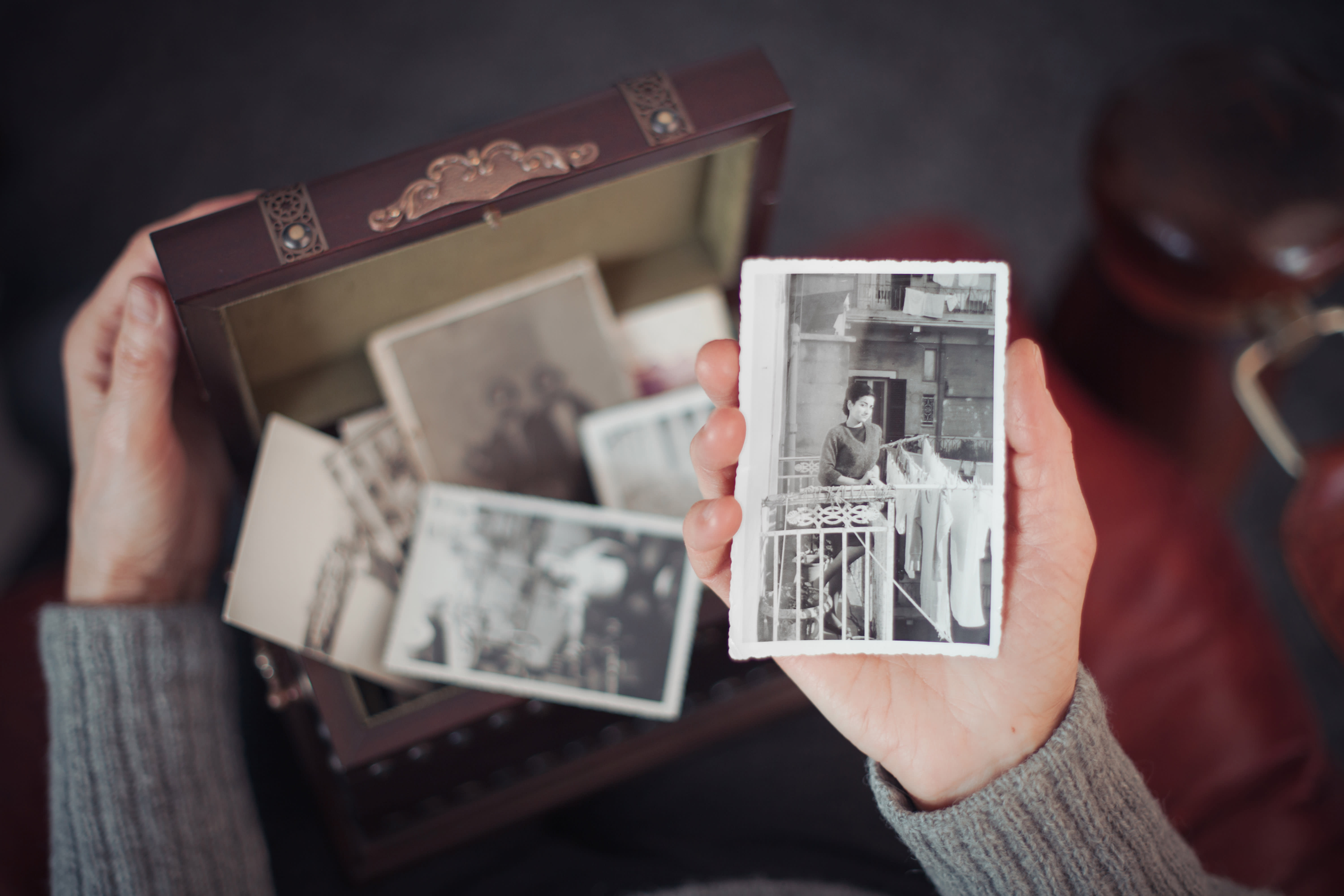
Given the current news cycle, you might feel drawn to reminiscing about simpler times.
A new study suggests that you might want to lean into that tendency: Feelings of nostalgia, prompted by looking at old photos and videos, can help alleviate common aches and pains by reducing brain activity, researchers say.
The report found that participants, both male and female, had reduced perceptions of pain — particularly at “low pain intensities” — when feeling nostalgic. The lack of pain was related to decreased activity in two pain-related brain regions, the study noted.
Translation: You might already have a home remedy to help ease that headache you’ve been dealing with, simply by flipping through some old photo albums, or pulling up Netflix to watch a TV show from your childhood.
The study, conducted by psychologists and neuroscientists at the Chinese Academy of Sciences in Beijing, was recently published in the peer-reviewed Journal of Neuroscience. Participants were hooked up to an fMRI machine, a functional magnetic resonance imaging machine that measures brain activity, and shown a series of 26 nostalgic images including old cartoons, schoolyard games and popular candy.
Participants were then exposed to varying levels of pain, using a small heat generator on their right forearm. Their brain activity was compared against readings from a control group, shown images from modern-day life that didn’t spark any feelings of nostalgia.
The people who were shown childhood images felt lower levels of pain, while experiencing reduced activity in two brain regions that correlate with pain: the left lingual gyrus and parahippocampal gyrus, the study found.
In their report, researchers noted that nostalgia has long been known to reduce individuals’ perception of physical pain — but the scientific reason behind it was “unclear.” A 2012 study from psychologists at Sun Yat-Sen University in Guangzhou, China, for example, found that participants in a state of nostalgia “were able to hold their hand in a bucket of ice water for a longer period of time compared to participants asked to think about an ordinary event.”
Now, the Beijing-based team is suggesting why that might be the case. “Our study found that the thalamus plays a key role as a functional linkage between nostalgia and pain, suggesting a possible analgesic modulatory mechanism of nostalgia,” they wrote.
Or, in other words, feelings of nostalgia and pain come from some of the same parts of the brain — and feeling one might just help decrease your feelings of the other.
Don’t miss:
Having a pet could help you stay sharper as you age, according to a new study — here’s how
Want to be more charismatic? Ask yourself this simple question, researchers suggest




